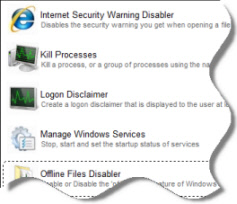Hello,
I have some questions which I will describe here below.
Say I have an ADFS server on my internal network and a ADFS Proxy in my DMZ. I configure ADFS for single sign on with a third party application (SAP Cloud for Customer in this case) and all my internal devices have single sign on access. Should work.
Now, I have a couple of users with Windows RT and Windows Surface Pro tablets externally. They connect through local Wifi connectoins (for example in a super market) to the third party cloud application. I also want to setup single sign on for them. My issue is here that they should be able to access the ADFS server on the internal network in order to single sign on to the cloud application, am I right? That creates the situation where they should use a token (SSL vpn) to connect to our network first and then they are able to use single sign on for the third party cloud applications, am I right? Or is there any other way to do that.
I think that it would be best to deploy direct access to get this to work flawlessly. That would be best right? Or is there any other smarter way? I have thought of configuring ADFS in Azure, I can extend my AD to azure and then configure and ADFS server there, but that would be same thing as setting it up on-premise and bypassing the DMZ. I could create a DMZ setup in Azure, but then I would still have the same issue as I have on-premise I would assume. Am I right about this or are there any other smarter tricks to get this to work for external clients?
- Edited by Niels Wes 23 hours 25 minutes ago


